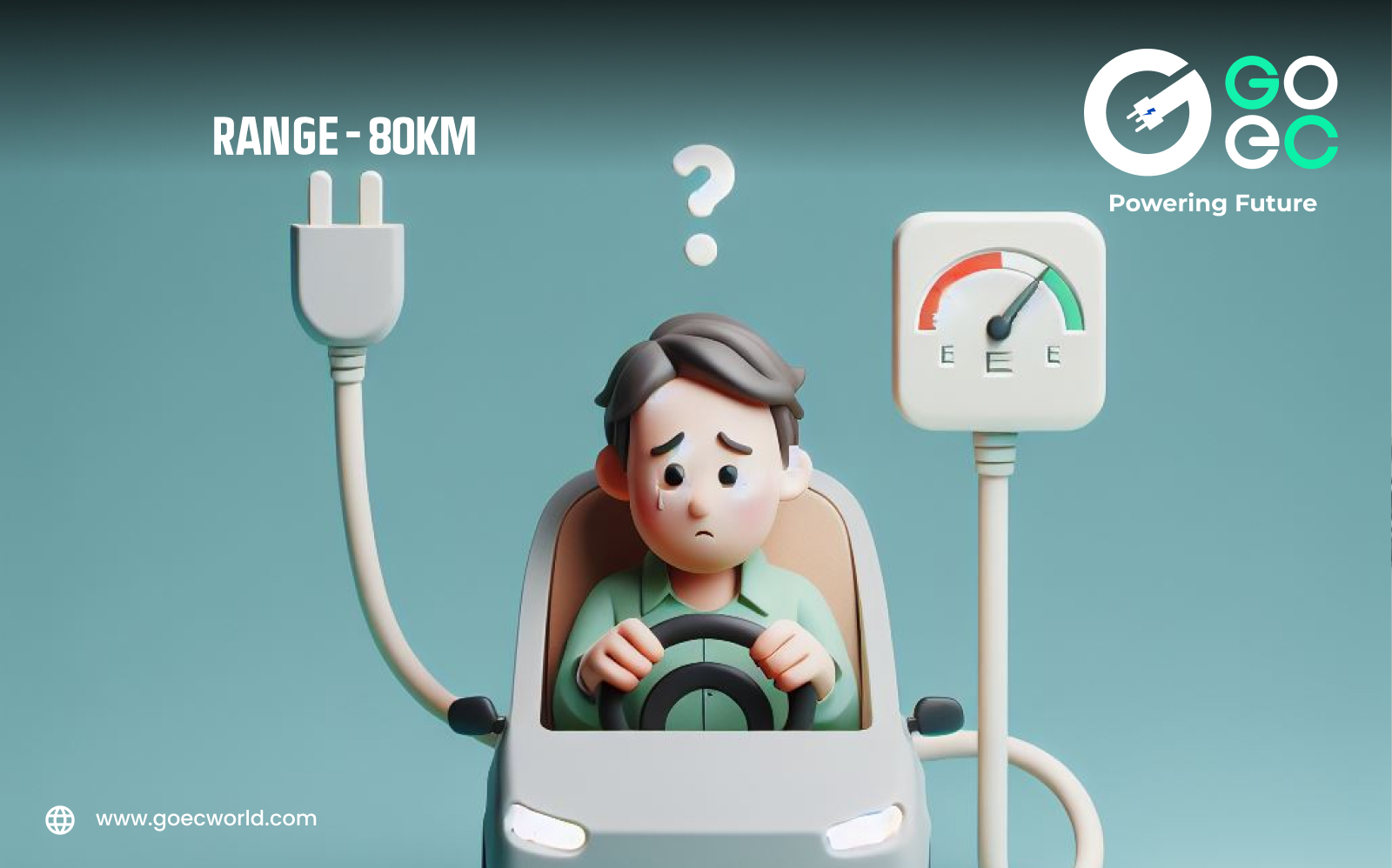In recent years, electric vehicles have grown in popularity as environmentally conscious consumers seek cleaner alternatives to gasoline-powered vehicles.
However, despite their many benefits, a major concern hangs over potential electric car users: the range concern.
This fear comes from the fear of the battery running out before it reaches the point of payment, which poses a major obstacle to the widespread adoption of electric vehicles. In this blog, we will examine the various concerns, examine the impact on electric vehicle travel, analyze the statistics surrounding this phenomenon, and discuss solutions to reduce these concerns.
What is Range Anxiety?
Range anxiety refers to the fear or worry that an electric vehicle’s battery will run out before it reaches its destination or the nearest charging station. Unlike traditional gasoline vehicles, which can be refueled at many gas stations, electric vehicles rely on stations, which may not be easily accessible or distributed. This fear of being stuck without power is a major obstacle for many potential buyers of electric vehicles, despite advances in electric vehicle technology and charging equipment.
The Impact of Range Anxiety on EV Travel
Range anxiety can have a significant impact on EV travel behavior. This can lead drivers to avoid long journeys or choose routes based on the availability of charging stations rather than the best or most convenient route. In addition, various stresses can create anxiety and uncertainty, harming the overall driving experience and reducing the comfort experienced in electric vehicles.
EV Charging Infrastructure and Its Role in Range Anxiety
One of the main factors contributing to the various concerns is the availability and accessibility of electric vehicle charging facilities. Inadequate charging stations, especially in rural or sparsely populated areas, can lead to range anxiety while traveling. In addition, the speed and reliability of the station affect the confidence of the drivers in their ability to refuel quickly and easily.
To understand the scope and impact of freedom concerns, let’s look at some important statistics:
According to a survey conducted by AAA, range anxiety is one of the biggest concerns among potential electric car buyers, with 58% citing it as a reason not to choose an electric car.
A study by the International Council on Clean Transportation found that the lack of charging facilities poses a significant barrier to the uptake of electric vehicles, particularly in areas where access to charging stations is limited.
A study by Bloomberg New Energy Finance shows that advances in electric vehicle battery technology, such as increased speed and faster charging times, have helped to alleviate some concerns about overcapacity, but more progress is needed to address the issuevery well.
In rural areas with well-developed charging infrastructure, different concerns are more common, as drivers feel more confident that they can find a charging station when needed. However, in rural or remote areas where charging facilities are scarce, the fear of limitations continues to hinder the adoption of electric vehicles, thus limiting the market for electric vehicles in these areas.
Solutions to Reduce Range Anxiety
Although the range of concerns presents a serious challenge, several solutions can help reduce these concerns and promote greater reliability in electric vehicle transportation:
Increasing charging facilities: Increasing the number of charging stations and improving their accessibility is crucial to reduce stress. This includes installing bus stations on highways, in urban areas, and in rural areas to ensure adequate coverage.
Improved battery technology: Continuous progress in electric vehicle battery technology, such as high power and fast charging capabilities, can extend electric vehicles and reduce charging time, reducing the stress associated with range.
Education and Awareness: Providing adequate information about electric vehicle ranges, charging options, and the benefits of electric vehicles can help dispel misconceptions and reduce fears related to range anxiety.
Maximizing features: Implementation of features such as adaptive braking, driving modes, and long-term monitoring can help drivers maximize the electric power of their vehicles and manage their energy consumption very well.
Stakeholder relationships: Collaboration between government agencies, drivers, companies, and providers is critical for developing joint strategies to address various concerns and make to the adoption of electric vehicles.
Smart Charging Solutions: Implementing smart charging solutions, such as demand response programs and time-of-use pricing, can encourage electric car owners to pay during peak hours when electricity is low. This not only reduces the pressure on the network but also ensures that the port is available when needed, reducing stress.
Mobile charging solutions: Introducing Mobile charging services, such as electric vehicle delivery trucks or portable charging units, can provide relief to drivers who are experiencing extreme anxiety or unexpected battery drain. These mobile solutions can provide peace of mind and serve as a safety net in areas with limited charging infrastructure.
Addition of renewable energy: Combining electric vehicle transmission equipment with renewable energy sources, such as solar or wind power, can not only reduce greenhouse gas emissions but also improve the resilience of the electricity network. By using clean energy to charge electric vehicles, drivers can have more confidence in the environmental sustainability of their transportation options and reduce various stressors.
By implementing these alternative solutions, operators can improve the availability, reliability, and quality of electric vehicle transportation, reducing range anxiety and encouraging people to adopt sustainable transportation options.
Range anxiety remains a significant hurdle to
widespread EV adoption, but with concerted efforts to expand charging infrastructure, advance battery technology, and raise awareness, we can overcome this barrier and unlock the full potential of electric vehicles. By addressing range anxiety head-on, we can pave the way for a cleaner, more sustainable future of transportation.
In closing, while range anxiety may persist in the minds of some consumers, the solutions and statistics discussed in this blog offer hope for a future where electric vehicles are not only viable but preferred means of transportation for individuals and communities worldwide.
